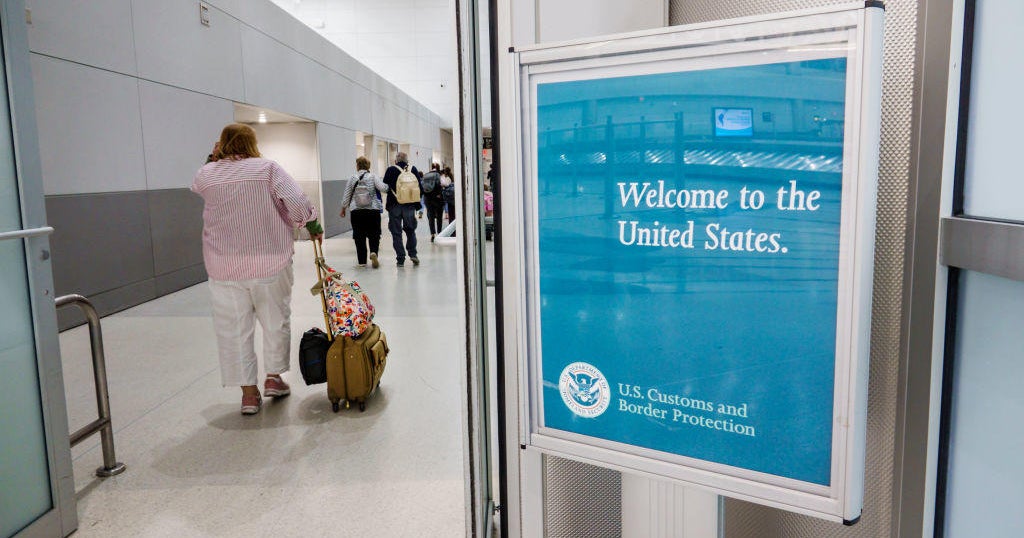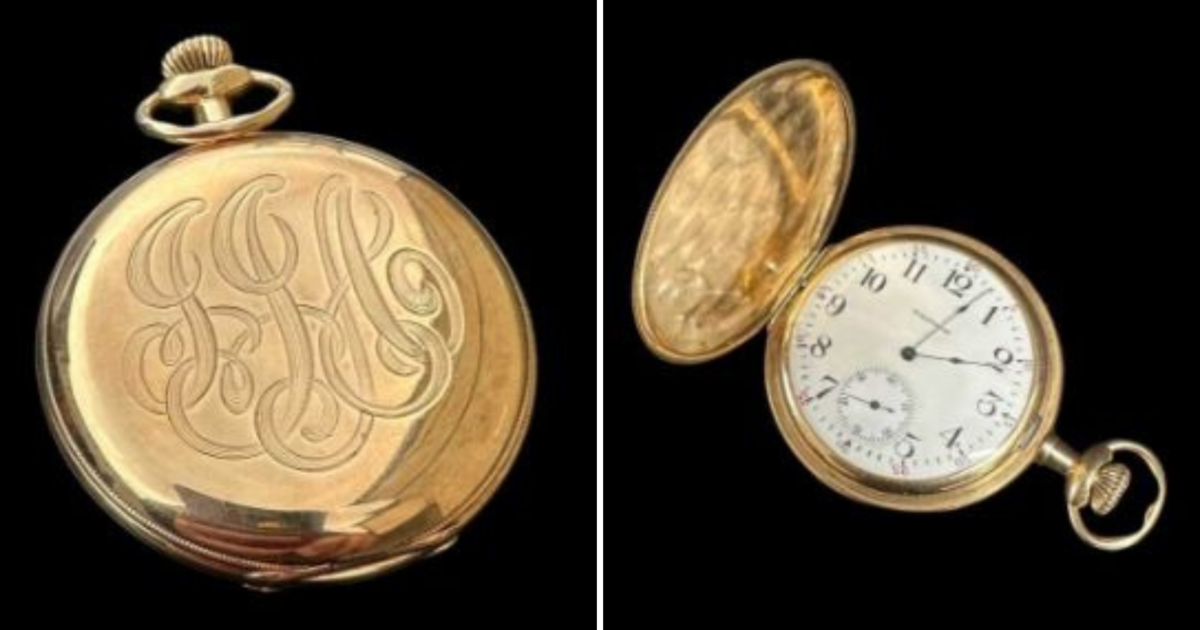Underwater noises detected in area of search for sub that was heading to Titanic wreckage, Coast Guard says
Underwater noises have been detected in the area of the search for a sub that went missing while carrying five people to the wreckage of the Titanic, the U.S. Coast Guard says.
In a tweet Wednesday, just after midnight EDT, the Coast Guard said the noises were picked up by Canadian P-3 aircraft, and as a result, underwater operations were relocated to try to locate the origin of the noises.
Those operations haven't turned up any findings yet but the underwater operations are continuing, the Coast Guard said, adding, "The data from the P-3 aircraft has been shared with our U.S. Navy experts for further analysis which will be considered in future search plans."
"With respect to the noises, specifically, we don't know what they are, to be frank with you," Coast Guard Capt. Jamie Frederick said at a briefing Wednesday afternoon. "We're searching in the area where the noises were detected."
He said the team has two ROVs — remotely operated underwater vehicles — "actively searching," plus several more are en route to join the search operation.
In an interview on "CBS Mornings" Wednesday, Rear Admiral John Mauger of the Coast Guard said the site is "incredibly complex," and that there are metal objects in the water and around the site. He said naval experts are being used to help classify or provide better information about the source of the noise.
Mauger said officials will hold onto hope for the sub passengers "as long as there are opportunities for survival."
"Over the course of the next 24 hours, we are going to bring additional vessels, additional remote operated vehicles, and we are going to continue to fly in the air. So, we'll continue to look," he said.
Richard Garriott de Cayeux, the president of the Explorers Club, said in a letter to club members, "There is cause for hope, based on data from the field — we understand that likely signs of life have been detected at the site." One of the passengers on the sub, British businessman Hamish Harding, helped found the club's board of trustees. The club, which was started in 1904, describes itself as "a multidisciplinary, professional society dedicated to the advancement of field research, scientific exploration and resource conservation."
The submersible had less than 40 hours of breathable air left as of Tuesday afternoon, the Coast Guard said. It had about 96 hours of oxygen at most onboard when its dive began, officials said.
A Canadian research vessel lost contact with the vessel during a dive Sunday morning about 900 miles east of Cape Cod, Massachusetts, and U.S. and Canadian authorities have been looking for it.
Frederick told reporters during a news conference Tuesday afternoon that the estimate of "about 40 hours of breathable air left" was based off the vessel's original 96 hours of available oxygen.
Chief Petty Officer Robert Simpson, a Coast Guard spokesman, said there wouldn't be a "hard-and-fast" transition from a search-and-rescue mission to a recovery operation when those hours are up, since there were several factors that could extend the search.
Frederick said authorities were working around the clock on the search in the Atlantic for the missing sub, calling the effort "an incredibly complex operation."
"We will do everything in our power to effect a rescue," Frederick said. "...There is a full-court press effort to get equipment on scene as quickly as we can."
Pakistani businessman Shahzada Dawood; his son Suleman; Hamish Harding, the British tycoon; and French explorer Paul-Henri Nargeolet were on the sub, along with Stockton Rush, the CEO of OceanGate Expeditions, the U.S.-based company that planned the voyage.
If the sub is found in time, Frederick said, it was difficult to describe what a deep-sea rescue would entail.
"That's a question that then the experts need to look at what is the best course of action for recovering the sub, but I think it's going to depend on that particular situation," he said.
The Coast Guard said the last recorded communication from the sub was about an hour and 45 minutes into Sunday's dive.
Since the sub went missing, the U.S. and Canadian coast guards and the U.S. Navy and Air National Guard have combed a combined area of about 7,600 square miles, which is larger than the state of Connecticut, Frederick said Tuesday.
A pipe-laying vessel arrived in the search area Tuesday and sent a remotely operated vehicle into the water to look for the sub at its last-known position, he said.
The U.S. Navy was working on deploying military assets to aid the search, Frederick said.




